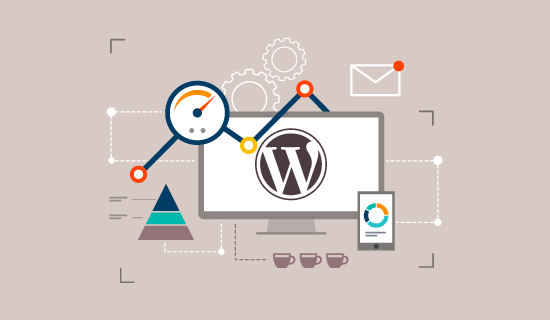In today’s digital age, where users have a shorter attention span, the speed and performance of your WordPress website can make or break your online presence. There are a number of WordPress Optimisation strategies that can help to improve your website, your page and search engine optimisation performance in order to create a better user experience for your visitors.
- Choose a Reliable Hosting Provider
The foundation of your WordPress site’s performance lies in the hosting provider you choose. Opt for a reputable hosting company that specialises in WordPress hosting. Look for features like high uptime guarantees, solid state drives (SSD) for storage, and server locations close to your target audience to reduce latency.
- Choose a Lightweight Theme
The theme you choose greatly affects your website’s speed. Opt for lightweight themes that prioritize performance over flashy design. Themes like Astra, GeneratePress, and Schema Lite are known for their speed optimisation.
- Optimise Images & Multimedia
Images and multimedia content can significantly impact your website’s load time. Use image optimization plugins like WP Smush or EWWW Image Optimiser to compress images without compromising quality. Additionally, consider lazy loading, a technique that loads images only when they come into view, reducing initial page load times.
- Implement Browser Caching
Browser caching stores static resources on a visitor’s device, reducing the need to re-download them on subsequent visits. Most caching plugins offer options to enable browser caching, improving page load times for returning visitors.
- Clean Up Your Database
Regularly clean up your WordPress database by removing unnecessary post revisions, spam comments, and unused plugins and themes. Use plugins like WP-Optimize or WP-Sweep to automate this process. A leaner database will improve site performance.
- Utilise Content Delivery Networks (CDN)
CDNs distribute your website’s content to servers worldwide, reducing the physical distance between your site and visitors. This reduces latency and accelerates content delivery. Popular CDNs include Cloudflare, Amazon CloudFront, and Akamai.
- Monitor and Test Performance
Constantly monitor your website’s performance using tools like Google PageSpeed Insights, GTmetrix, and Pingdom. These tools provide valuable insights and suggestions for improvement. Regularly testing your site’s performance helps you identify issues early and take corrective action.
- Optimise for Mobile Devices
With the majority of internet traffic coming from mobile devices, it’s essential to optimise your WordPress website for mobile performance. Choose responsive themes, prioritise mobile-first design, and test your site’s performance on various mobile devices.
WordPress Website Optimisation Summary
Achieving a lightning-fast WordPress website requires a combination of technical expertise and ongoing maintenance. By following the tips and best practices outlined above, you can ensure that your website not only loads quickly but also provides an optimal user experience. Keep in mind that WordPress website optimisation is an ongoing process, and regular monitoring and adjustments are necessary to stay ahead in the ever-evolving digital landscape.
If you feel you need help with your WordPress website optimisation, then please do get in touch with us here at Our Digital Team. You can fill in our online contact form, or call us at 0161 883 3681.

